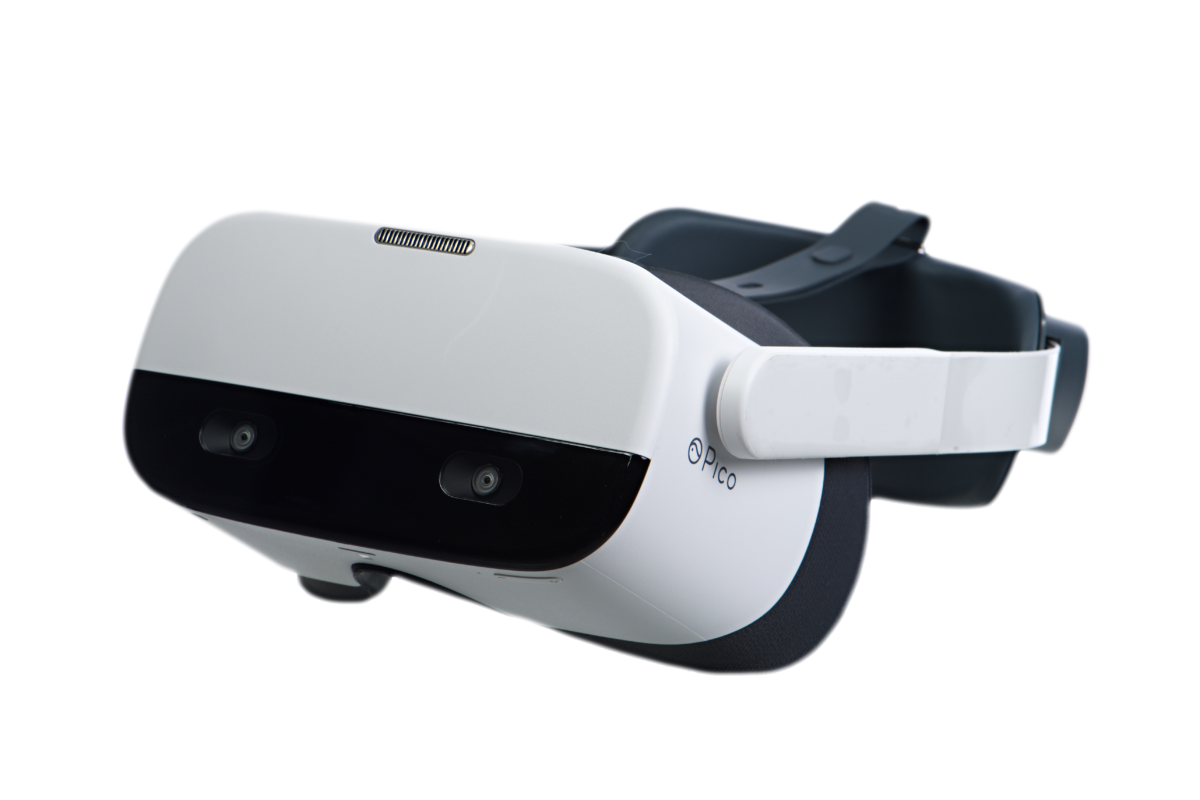The adoption of virtual reality is accelerating in the business world as its benefits continue to be discovered and enjoyed and as the need grows for more digital, remote tools. VR content management is becoming a greater need.
Right now, a number of important industry verticals are leading the way toward widespread, mainstream use of the technology, including:
- Shopping and Retail
- Engineering and Manufacturing
- Tourism and Hospitality
- Training and Safety
- Medical and Healthcare
- Architecture and Construction
- Communication and Collaboration
As enterprise use of VR advances, more businesses are wondering how to get a hold of the technology, leverage it, and distribute it throughout their entire organizations.
With a proper distribution platform, VR becomes much more feasible, allowing for more cost-efficient opportunities to expand the reach of VR content and implement VR training and numerous other applications globally.
VR Content Management Systems are an important feature of a robust VR platform, where enterprises can access, distribute, and manage VR content from anywhere in the world, all within one, central, cloud-based portal.
With a system like this, a business can optimize its VR (as well as AR, or MR, if the platform is configured to do so), deployment and usage in a variety of ways. In this post, we explore how, and take a look at businesses that are already using VR content management systems to their advantage.
How VR Tools Optimize Business Practices
A VR content management system allows enterprises to more easily manage the content flow for thousands of employees, whether it is existing content licensed right there on the platform, or custom content privately created and distributed using the platform.
The “right” VR content distribution platform is largely agnostic about where the content originates. So long as the content can be integrated using a simple, web-based API, a critical implementation logjam is overcome.
With this range of capabilities, not only the use of VR content is optimized, but also the efficiency, opportunities, and training and other needs within a business.
Efficiency
A VR content management system makes it easier for companies to get VR technology off the ground within their organizations — and scale it according to need.
With an “all-in-one” option to both license and distribute existing VR content for employees and customers, the costly process of creating custom content is bypassed and VR experiences become more quickly accessible and affordable.
With a comprehensive platform, there are fewer barriers to realizing ROI faster across a range of objectives. A good example is found with employee education. The right VR/XR solution can lead to an optimized workforce and demonstrate its value, allowing a VR/XR program to advance beyond the proof-of-concept phase.
A VR content management system creates efficiencies that allow for quicker advancement of new VR applications and opportunities.
New opportunities
At its core, VR (and XR) is about breaking down barriers. To really deliver on its full promise, a platform needs to do that, too.
With the right VR/XR content solution, a business can quickly gain the maximum advantage from broad-based use of the technology, from delivering state-of-the-art employee training to enhancing the product design process, right down to improving the individual customer sales experience.
A business can distribute their custom private or third-party-created VR content through the system to numerous endpoints and thousands of devices and users — without having to deal with complicated deployment and implementation issues. With this flexibility comes a range of new opportunities to publish, license, and distribute content to other business units and departments interested in leveraging the technology for their own purposes.
Within an organization, a VR content management system provides the tools to not only scale industry training programs, but to scale any number of other applications to reach the entire enterprise.
Acquiring or distributing content, creating and editing user profiles, extending and revoking permissions, and analyzing the real-time analytics from in-depth data tracking can all be managed within one system, providing easy access to both new experiences and the game-changing insights that can be gleaned from both customers and employees interacting with them.
Better experiences
A VR/XR content management system provides easy access to immersive and interactive training, product visualization, team collaboration, and sales and marketing experiences that are simply not possible in other formats.
Employees can train within photorealistic virtual worlds where they can learn from repeated or randomized scenarios. Students can discover the day-to-day tasks involved with new professions. Customers can more fully explore various products. From heavy industries like commercial construction to professional sporting events to public utilities — a VR/XR content management system can deliver better experiences for all.
How VR content management systems are getting results
As mentioned, VR content management systems are being used in field work, recruitment, new employee education, collaborations, and high-stakes work across many industries.
In a survey commissioned by Grid Raster, augmented reality and virtual reality seem to be paying off for businesses, with 61% of respondents saying that leveraging AR or VR has resulted in a cost savings of 20%. Of the businesses surveyed, 91% say they already use AR or VR, or plan to adopt it.
Industries where constant employee training is needed, such as manufacturing, are increasingly relying on VR rather than physically sending trainers and trainees from location to location. VR also allows for remote meetings with an in-person feel, for collaborations such as troubleshooting high-end machinery.
Quess, a staffing company, is using training for its 380,000 now-remote workers to run training sessions on their phones about selling. Face-reading AI gives them feedback on how they’re speaking to improve their work.
In healthcare, VR is being used to train doctors in surgical planning and remote therapies.
With a growing need for more healthcare workers during the coronavirus pandemic, VR is being used to train employees on infectious disease practices. This has brought thousands of healthcare semi-retirees, recent graduates, and professionals back up-to-speed, as they adapt from their various backgrounds in areas such as knee surgery or neurology.
According to a Journal of Advances in Medical Education & Profession 2018 study, people trained by VR had “lower performance errors and higher accuracy compared to those trained by conventional approaches.” One VR company reported that, in the past three weeks, hospitals and universities have had 70,000 new users sign up to use VR training.
The military is using VR for trauma training to improve decision-making and readiness in the field of combat. The training system has been deployed in the Middle East and Africa and pulls the user into a scenario where they have to save a patient, which teaches them how to react in real life.
No pun intended, but the potential applications are virtually endless.
What opportunities would a VR platform provide for you?
A VR Content Management System allows for easier access, creation, and management of all VR content. Its uses are becoming increasingly beneficial — and appreciated — among major enterprises worldwide.
Once you consider VR as a viable professional tool, you begin to see the limitless possibilities to connect people and optimize how your business works and learns. The next question you have to ask is: do I have a platform that can handle it?

PIXO Has Improved VR Management to One Easy Step

